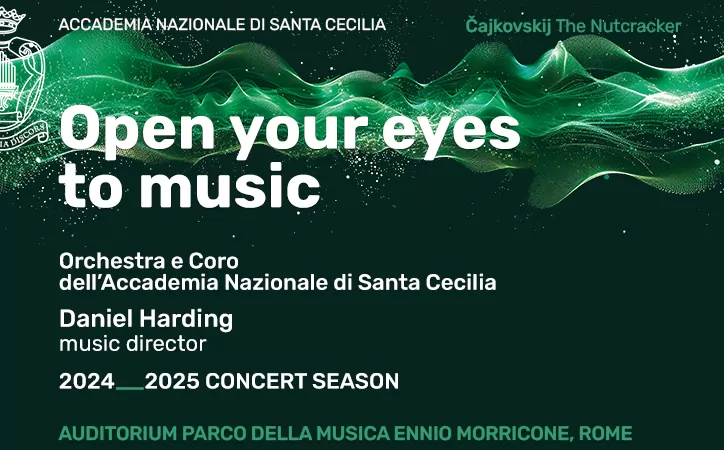Plans to refloat shipwreck in mid-July
The Costa Concordia shipwreck will be towed away from the small Tuscan island of Giglio to be scrapped in the north-west Italian port of Genoa, following approval by the Italian parliament.
The removal of the luxury cruise liner is scheduled for mid-July, two and a half years after it ran aground on rocks after sailing too close to Giglio, killing 32 people.
Since then the operation to salvage the 290-m long wreck has become the largest and most expensive in history, costing an estimated €1.1 billion to date. It has also been one of the most complex salvage projects and included the unprecented parbuckling or uprighting of the ship last September.
Currently more than 350 employees of Titan Microperi, the consortium in charge of salvaging the ship, are working round the clock to prepare for its refloating by attaching the last two sponsons (stabilisers) to the 28 already in place.
Once in Genoa, a consortium including oil services contractor Saipem – a subsidiary of Italian energy company Eni – and Genoa-based companies Mariotti and S. Giorgio will be in charge of dismantling the giant ship whose remains will be sold for scrap.
Genoa beat off local and international competitors, including ports in Turkey and the UK, to win the lucrative contract which will provide hundreds of jobs over two years. The Italian government announced in May that the ship would be dismantled at a "domestic location" and Genoa is considered the best equipped for the operation.
The news has come as a blow to the much-nearer Tuscan port of Piombino which recently underwent a €160-million restructuring programme, including dredging works to increase the port's depth to allow it to host the massive Costa Concordia. However the Piombino shipyard was never a serious contender due to its much smaller size and reduced facilities available.
During its five-day final voyage, the ship will be towed the 190 nautical miles (350 km) to Genoa at an average speed of two knots (less than four kmph). It will be escorted by other vessels carrying specialist equipment and a team of marine biology experts on standby in case any problems arise.
Despite the care and low speed planned for the journey, Greenpeace Italy says the removal operation risks "another environmental disaster" and has sent its Rainbow Warrior ship to protest at the site of the wreck. It says that over the course of the five-day journey there is a risk that "poisonous fluids" could seep out of the Concordia and that a storm could be "catastrophic" as it could lead to the irreversible sinking of the hulk in deep waters.
Meanwhile the ship’s captain Francesco Schettino remains on trial for manslaughter although other people charged in connection with the disaster negotiated plea bargains last year.
The eventual removal of the ship will, in some ways, be a loss to Giglio whose small community has reaped the financial rewards of hosting hundreds of salvage workers over the last two and a half years, as well as tourists keen to see the ill-fated ship.
To read about what life was like on the normally quiet island before the crash that put it on the world map, see related article.

















